Will Revenge of the Savage Planet Be Available on Xbox Game Pass?No confirmation has been made regarding Revenge of the Savage Planet's availability on Xbox Game Pass.
Author: SamuelReading:0
The Evolution of Kirby's Image: From "Angry Kirby" to Global Consistency
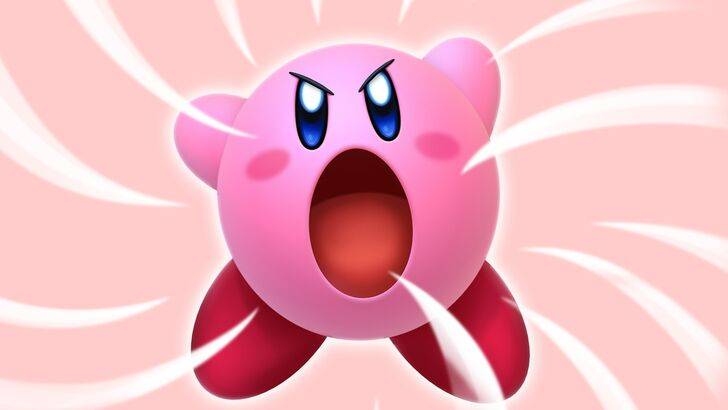
This article explores the fascinating evolution of Kirby's marketing and localization, focusing on the differences between his Japanese and Western portrayals. Former Nintendo employees shed light on the strategic decisions behind the sometimes "tougher," "angrier" Kirby seen in Western markets.
The "Angry Kirby" Phenomenon:
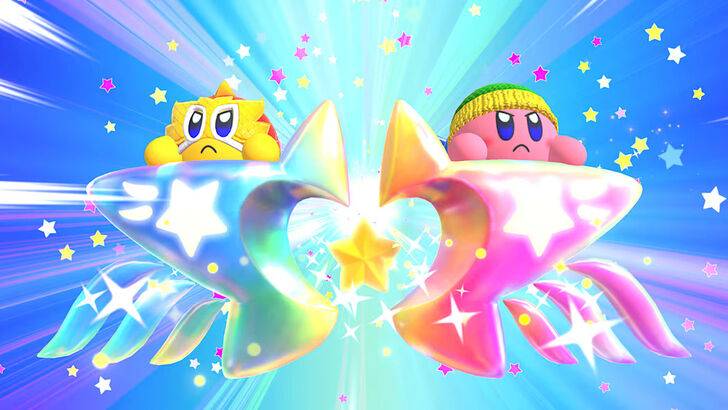
The term "Angry Kirby" emerged from the noticeably more determined, even fierce, depiction of the character on Western game covers and promotional materials. Former Nintendo Localization Director, Leslie Swan, clarified that the intention wasn't to portray anger, but rather a sense of resolute determination. While cute characters resonate broadly in Japan, Swan noted a perceived preference for tougher characters among tween and teen boys in the U.S. Kirby: Triple Deluxe Director, Shinya Kumazaki, corroborated this, highlighting the differing appeal of cute versus battle-ready Kirby in Japan and the U.S. respectively. However, he also pointed out that this wasn't universally applied, citing Kirby Super Star Ultra as an example with consistent artwork across regions.
Marketing Kirby to a Broader Audience:
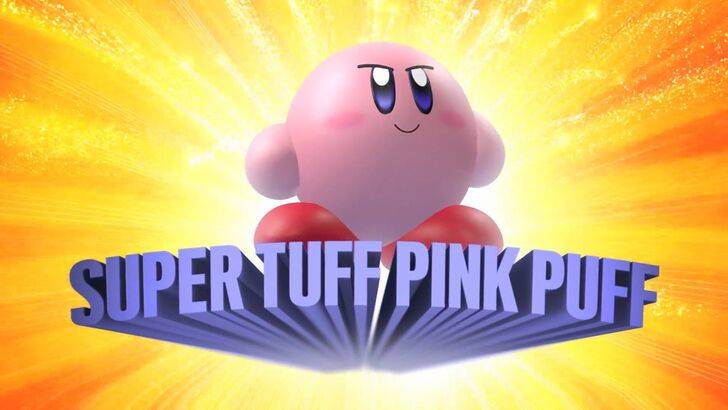
Nintendo's marketing strategies played a significant role. The "Super Tuff Pink Puff" tagline for Kirby Super Star Ultra on the Nintendo DS exemplifies the attempt to appeal to a wider audience, particularly boys. Former Nintendo of America Public Relations Manager, Krysta Yang, discussed Nintendo's efforts to shed its "kiddie" image during a specific period, acknowledging the perceived negative impact of such a label. This led to a conscious shift towards emphasizing Kirby's combat abilities and downplaying his inherently cute persona in promotional materials, although Yang acknowledges that Kirby's cuteness remains his primary association for many.
Regional Variations in Localization:
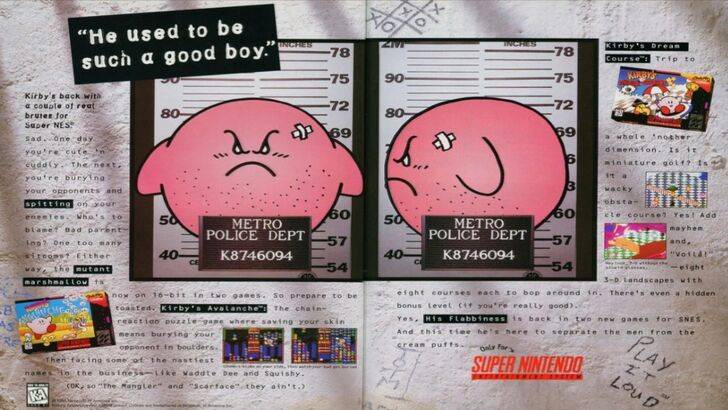
The localization differences extend beyond facial expressions. The infamous 1995 "Play It Loud" ad featuring a mugshot-style Kirby is a prime example. Games like Kirby: Nightmare in Dream Land, Kirby Air Ride, and Kirby: Squeak Squad all featured Kirby with sharper features and more intense expressions in their Western releases. Even the original Kirby's Dreamland for Game Boy saw Kirby rendered in a ghostly white hue in the U.S. version due to the Game Boy's monochrome screen, a decision that later proved problematic. The shift to a tougher Kirby in Western artwork was a direct response to the perceived need to broaden the game's appeal. In recent years, however, a more consistent global approach has emerged, with Kirby's image fluctuating between serious and cheerful across different regions.
A More Global Approach:
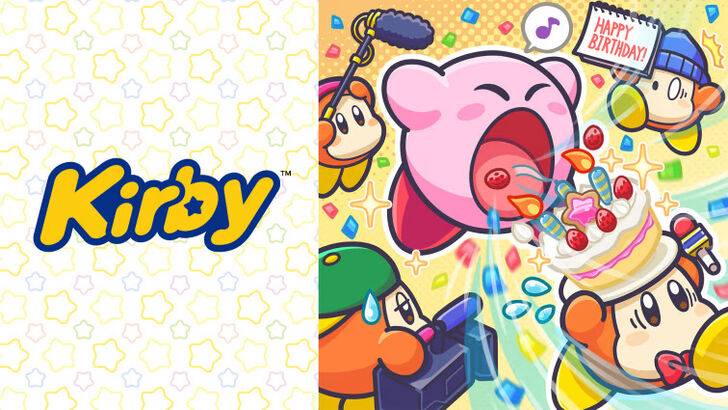
Both Swan and Yang agree that Nintendo has adopted a more globalized strategy in recent years, fostering closer collaboration between its Japanese and American offices. This has resulted in more consistent marketing and localization efforts, minimizing regional variations like those seen in Kirby's earlier artwork and avoiding past missteps. While Yang acknowledges the benefits of global consistency for brand recognition, she also points out the potential downside of overly generic, risk-averse marketing. The current trend towards less regional differentiation is also attributed to the industry's globalization and the growing familiarity of Western audiences with Japanese pop culture.
 LATEST ARTICLES
LATEST ARTICLES